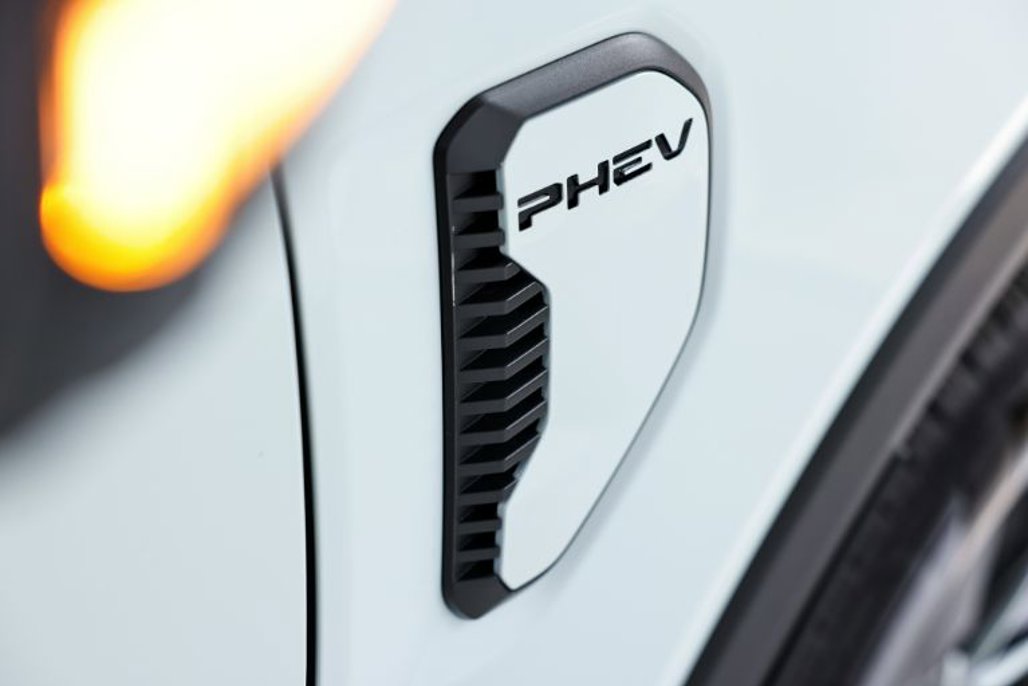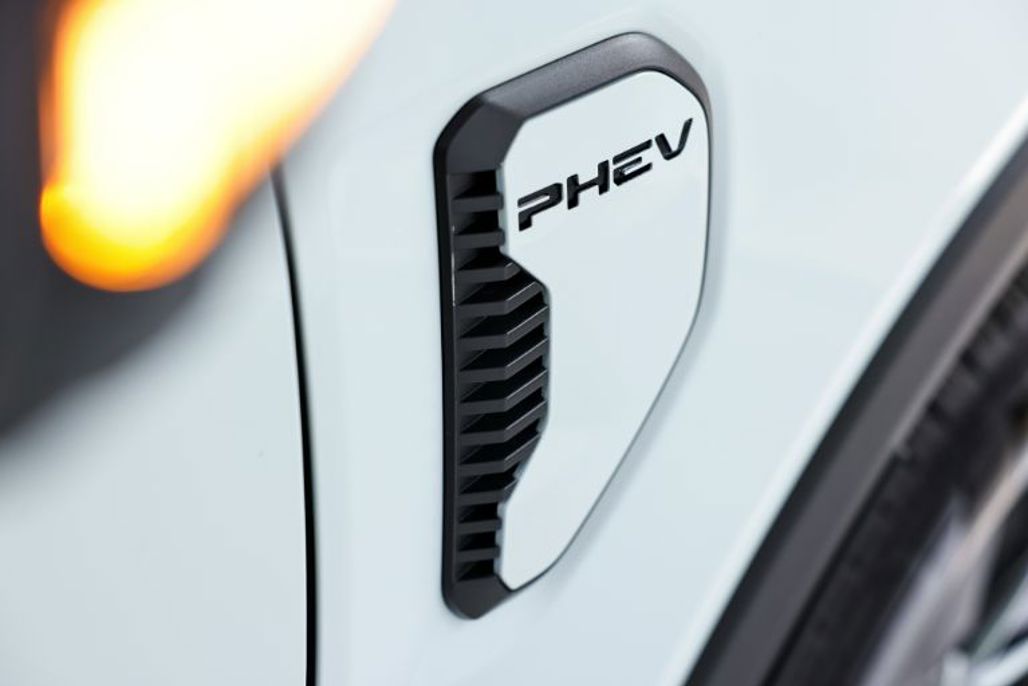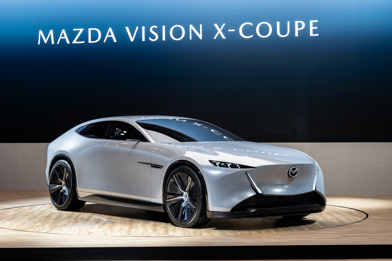- T&E tested 800,000 PHEVs and found real-world CO₂ emissions are almost 5x times higher than claimed.
- Many owners rarely charge their vehicles, causing petrol engines to operate more often and increase total fuel consumption.
- Regulators plan to tighten electric-use assumptions from 80% to 34% by 2027, yet emissions gaps will still persist.
Plug-in hybrid electric vehicles (PHEVs), long sold as the ideal stepping stone between combustion and full EV, may not be the clean heroes we thought.
A sweeping new report from Transport & Environment (T&E) has found that real-world emissions from PHEVs are nearly five times higher than official figures suggest.
According to T&E’s analysis of 800,000 cars across Europe, PHEVs produce around 139g/km of CO₂, compared with manufacturers’ claims averaging just 28g/km. That’s a staggering gap that could reshape how regulators and consumers view these “green” machines.
The hybrid half-truth?
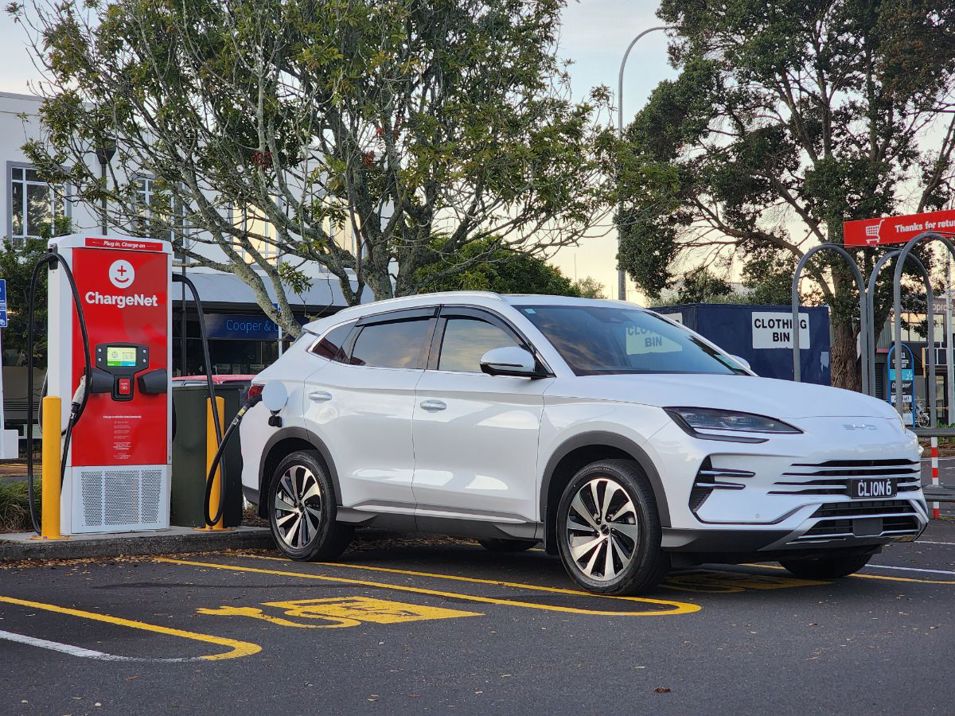
On paper, PHEVs promise the best of both worlds: quiet electric commuting with petrol backup for longer journeys. In practice, many owners rarely plug them in, meaning their engines shoulder most of the load.
Even when charged, the study says the petrol motor often kicks in under moderate acceleration, uphill driving, or cold conditions, undermining their supposed efficiency.
Transport & Environment notes that newer PHEVs can now travel up to 113km on electricity alone, but that’s still not enough to change behaviour. “Drivers often forget or don’t bother to plug in,” the report summarises - hardly the eco halo automakers like to polish.
Numbers don’t lie (but labels might)
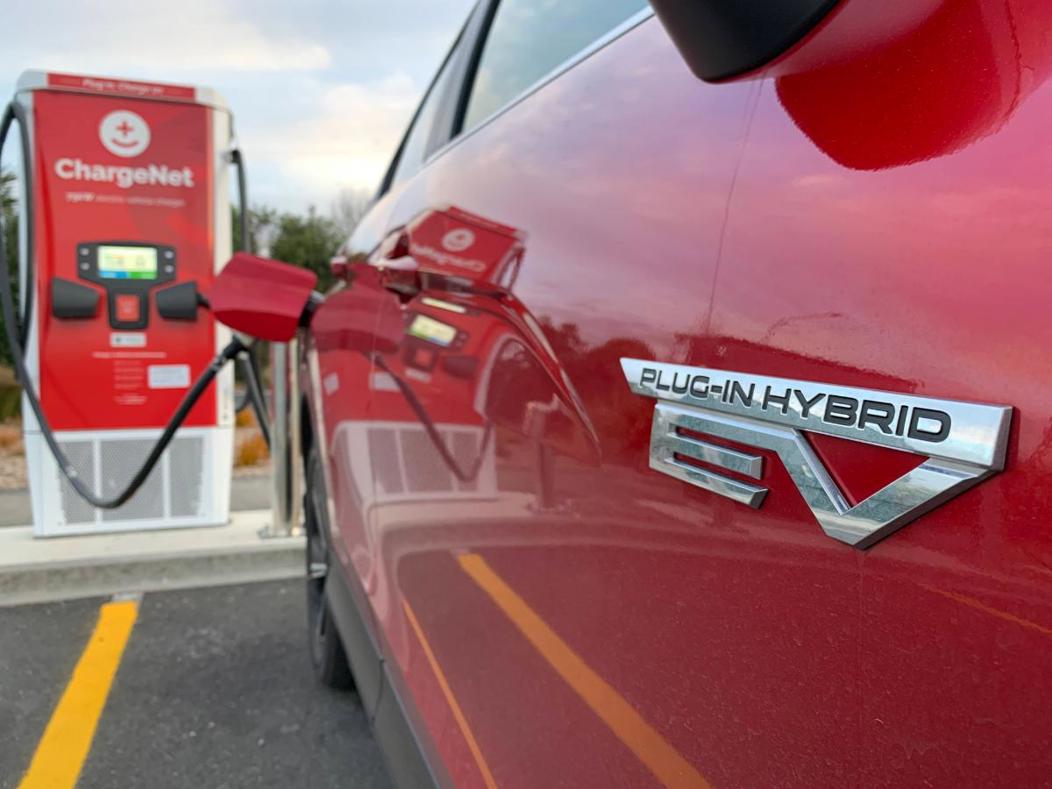
The study also suggests carmakers have saved billions in potential fines by leaning on optimistic emissions data. While current EU rules assume PHEVs drive electrically over 80% of the time, regulators are tightening that estimate to 54% in 2025/26 and 34% by 2027/28. Even then, T&E projects an 18% shortfall between claimed and real-world CO₂.
For motorists, that gap translates to higher running costs: up to €500 (NZ$1000) more a year in fuel, by T&E’s reckoning. For governments, it’s a setback in their fleet emissions targets.
The road ahead
PHEVs were once the environmental diplomat between petrol and pure EVs. But as data piles up, that compromise looks increasingly one-sided.
Unless drivers charge religiously (and regulators demand honesty), the plug-in hybrid may soon be remembered less as a green gateway, and more as a clever detour on the road to electrification.

